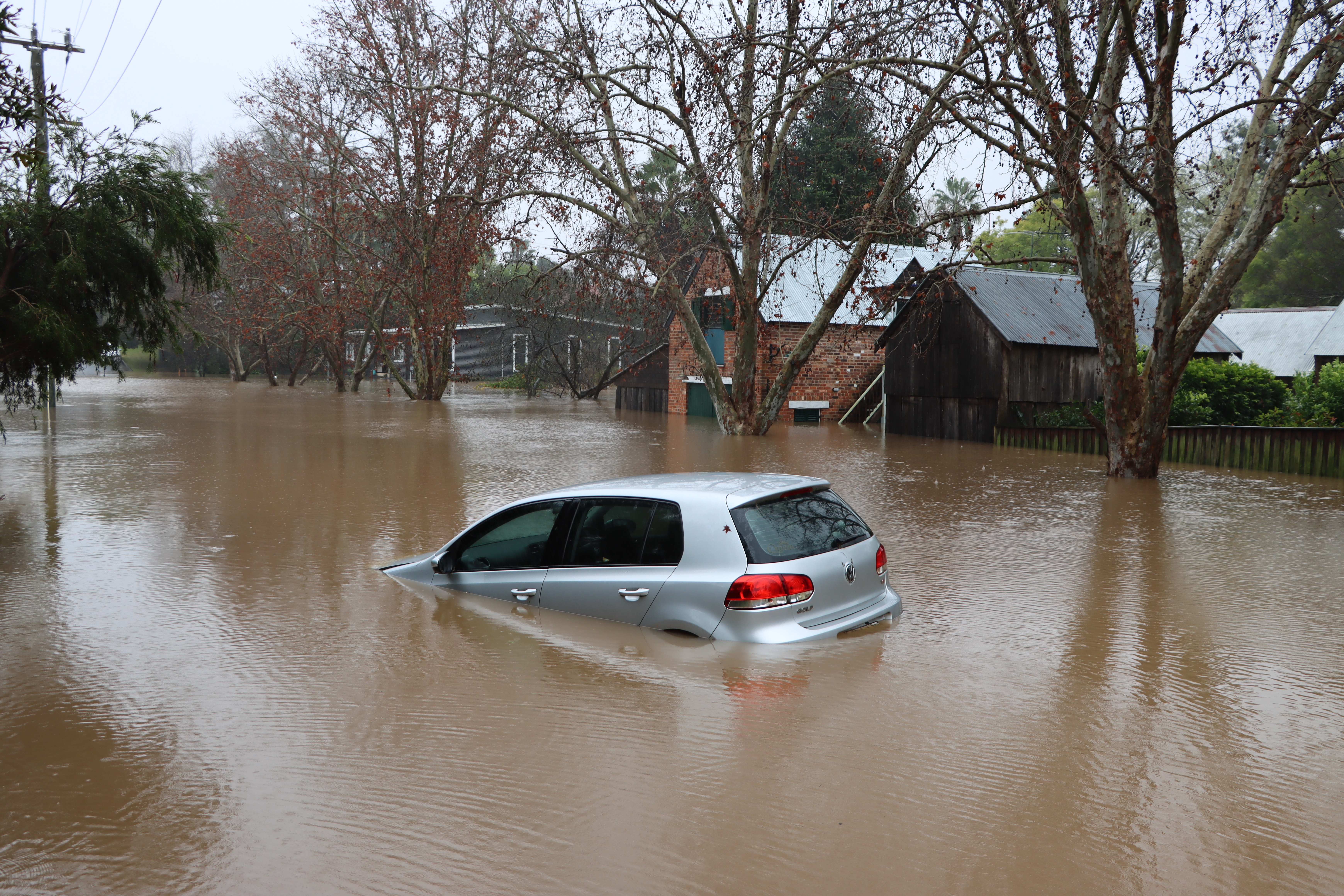News release
From:
Human-caused climate change is changing the way water moves around Earth, according to a new study involving researchers from The Australian National University (ANU).
According to the scientists, the changes to the water cycle could have worrying implications for Australia.
The study, conducted by a team of more than 40 researchers from 10 countries, examined hundreds of years of climate data preserved in corals, trees, ice, cave formations and sediments from around the world.
This helped the researchers peel back the curtain on Earth’s climate history and examine how periods of warming and cooling have impacted the global water cycle over the past 2,000 years.
Study co-author Dr Georgy Falster from ANU said that as the world gets hotter it affects the behaviour of water that evaporates from the oceans, which is then transported high into the atmosphere and falls as rain, hail or snow over land.
According to the study’s lead author, Assistant Professor Bronwen Konecky from Washington University in St Louis, there will be “winners and losers” with any change that redistributes where, when and how much water is available for humans to drink and use.
“Although it’s too early to say who the winners and losers will be as a result of these changes to water flow, the study suggests that more water cycle changes are likely as global temperatures continue to rise as a result of climate change”, Assistant Professor Konecky said.
Dr Falster said changes to the distribution of water around the planet could spell bad news for Australia, where extreme climate events could become more common.
“As Earth continues to get hotter, the places where it rains in Australia are going to change. For example, climate models predict that Tasmania will get more rain in winter, while southern and eastern mainland Australia could experience more droughts,” Dr Falster said.
“The threat of more droughts could have dire consequences for crop growth and food security and could also impact people’s ability to gain secure access to clean drinking water, particularly in regional and remote areas.
“We also know from the latest IPCC report that global warming is projected to substantially reduce water resources in the Murray-Darling Basin, with a 20 per cent projected decline in annual runoff under 2.2 degrees Celsius average global warming.
“This reduction, plus increased demand for water in hot and dry conditions, would increase the already intense competition for water.
“We know that June, July and August of this year were Earth’s hottest months on record. This is yet further evidence that we must all take collective action to address climate change before it’s too late.”
The study is published in Nature Geoscience.



 Australia; Pacific; International; NSW; SA; WA; ACT
Australia; Pacific; International; NSW; SA; WA; ACT


